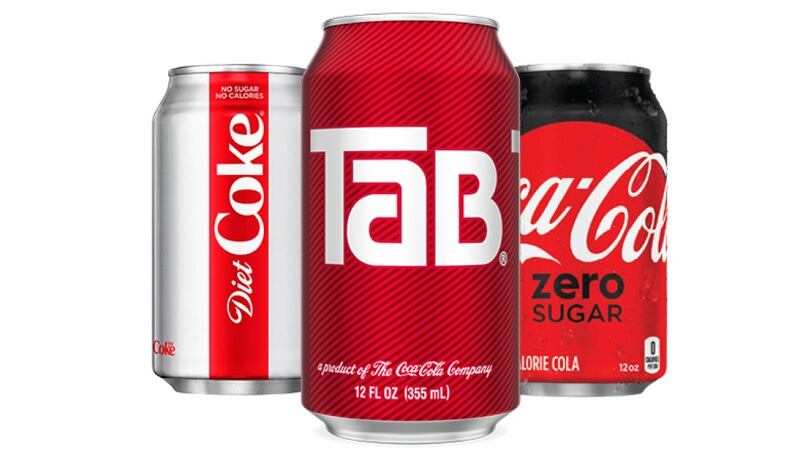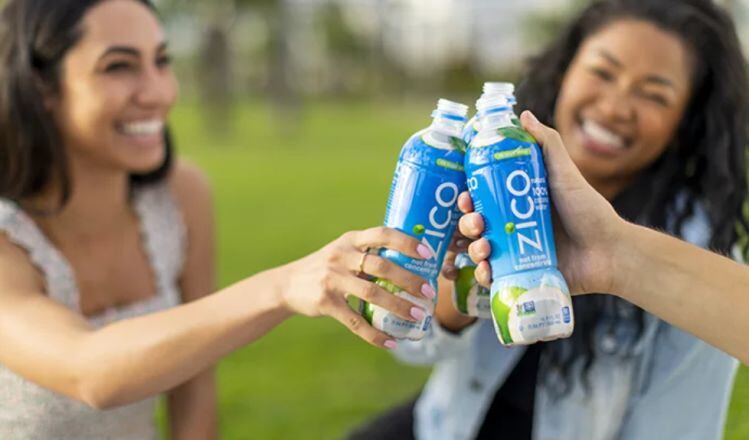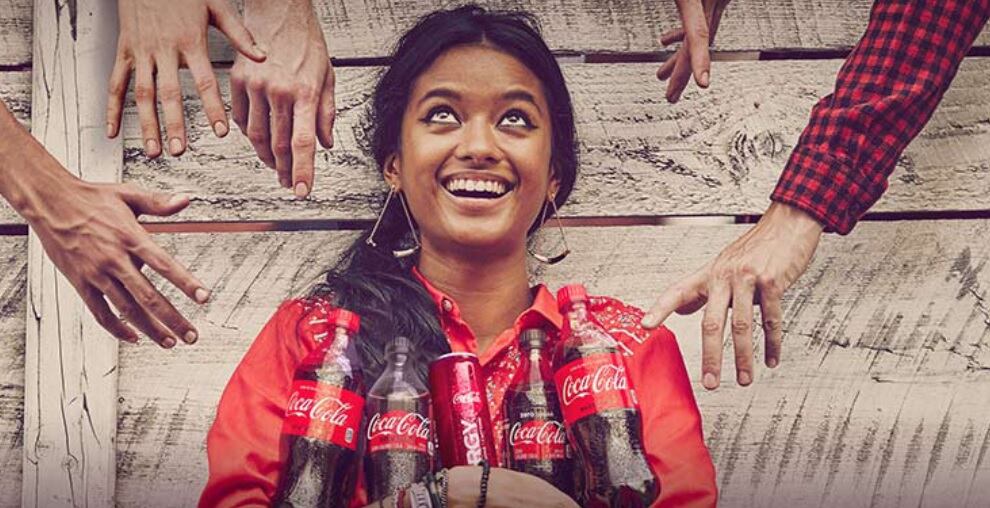Speaking at the Morgan Stanley Global Consumer & Retail Conference last week, Murphy affirmed the company’s expectation it can reach the high end of its long-term sales, profit and earning growth goals, despite ongoing pressure from the pandemic.
He explained his optimism is grounded first in the strength of the industry, which he said excluding 2020 has grown consistently at around 4% thanks to an increasing population, rising overall socioeconomic status, and Coca-Cola’s ability to access potential consumers.
Secondly, he said, Coca-Cola’s aggressive steps in recent months to “be a formidable competitor around the world” justify expectations that organic sales can climb 4-6%, operating profit will increase 6-8% and local currency earnings can increase 7-9% long-term, even though in Q3 the company’s revenue fell 9% to $8.7b after falling 28% in the second quarter.
Much of the damage to Coca-Cola’s revenue has come from the loss of sales at public venues, such as restaurants and arenas, which normally account for about 30% of Coke’s US sales.
While revenues continued to fall in Q3, the company’s ability to stem losses seem to reinforce Murphy’s vote of confidence in Coke’s efforts to reshape its growth portfolio, empower operating leaders to win locally and pull back on innovation to focus on fewer more promising ventures.
“I’m confident that with the work that we have underway and the execution of that, while going into 2021 and beyond that the top end is very achievable. And the drivers of that will be that top flywheel that … is starting up with great brands. And so shaping the growth portfolio that we think is right for the future is step number one,” Murphy said.
5 changes that helped Coke regain footing
The company announced in August that it was culling its business units to nine from 17, along with its workforce, platform services and many other changes. Of these changes, Murphy noted five that have been particularly successful in helping Coke regain its footing during the pandemic.
The first, he said, is the company’s improved ability to “leverage scale where it matters, and when it matters, and at the same time, stay intimate or local where it matters,” Murphy said, pointing to scaling innovation locally as a prime example.
“A second piece of the equation is to have a much greater percentage of our resources in the field focused on frontline activities,” which is a big shift for the company to the tune or 70% to 75% of its resources now focused on the frontline, Murphy said.
The third component is improved marketing and brand building, to which end Murphy said the company has created a new category of leaders who “will have the stewardship responsibility on global brands to get the value we believe” in part by focusing on partnerships with local operators.
Fourth, Coke is aggregating platform services, such as organization, finance, marketing and procurement, and fifth using a data-driven approach to run them more consistently and effectively across the businesses, Murphy said.
He added: This change should allow the company to be “leaner, to be more efficient, to drive out some of the bureaucracy that builds up over time and that is implicit in the work.”
A new approach to innovation
Another major piece of the puzzle that Murphy noted is Coca-Cola’s decision to pull-back on broad innovation efforts to focus instead on fewer projects that are more scalable and can drive more value.
“It’s important to do a spring cleaning every so often, let’s put it that way. We all have our garages and they all get, over time, full of junk and all of a sudden you can’t move. Well, that’s a little bit like what happens in the innovation pipeline. It sort of almost creeps up on you,” Murphy said. “And so, this year had been a year to do a spring cleaning, get absolutely clear as to what initiatives that we need to be driving to, to be able to scale and deliver value.”
This “spring cleaning” has resulted in many long-time brands being put up for sale or retired. For example, in October, the company announced Tab, Zico coconut water, Diet Coke Feisty Cheer and many regional offerings would be discontinued. The company announce earlier this summer that Odwalla juices would share that same fate.
It also gave the company space to explore whether areas of potentially innovation are worth it and likely to succeed long-term.
“When you look at the rate of success in the industry, there’s less than 3% or 4% of innovations that actually last more than three years. So, the success rate is not very high,” he noted. “Being smarter and having a higher bar as to what goes into the market makes sense. But you got to continue to be willing to explore and experiment while you drive and focus on the bigger players that can help fuel the overall growth equation in the near term.”




